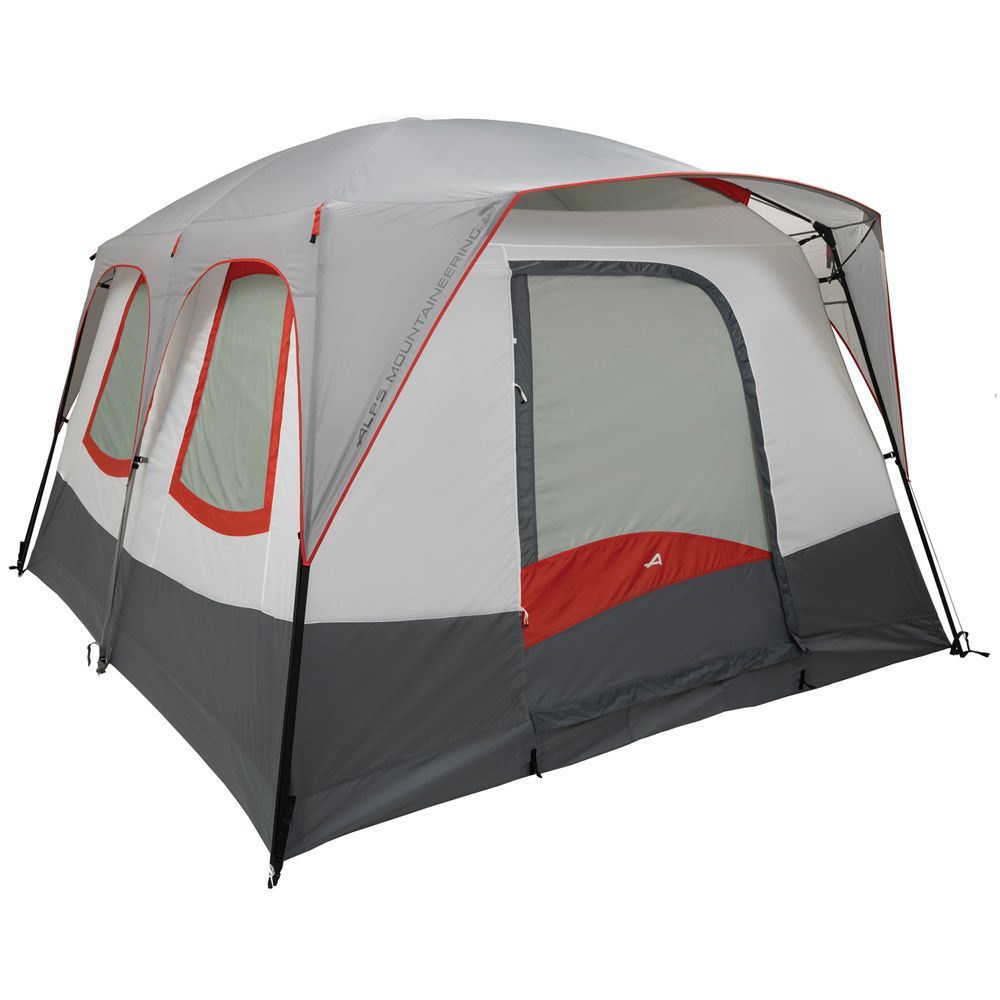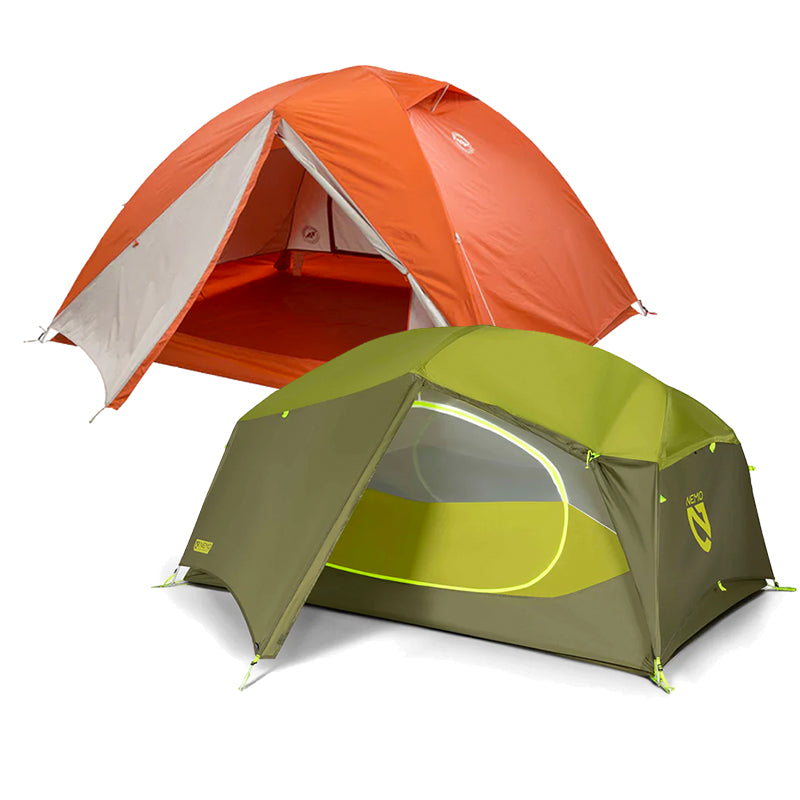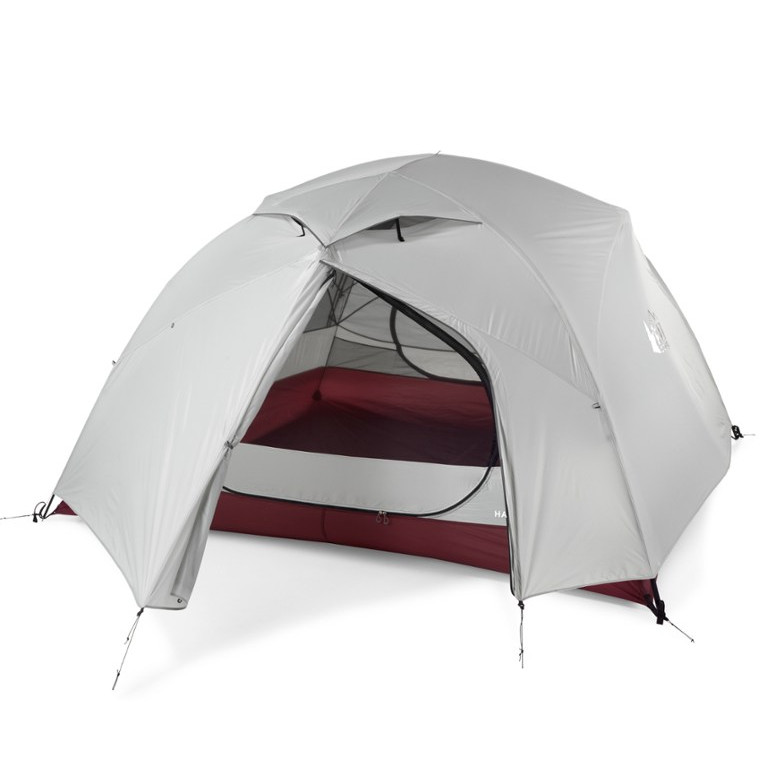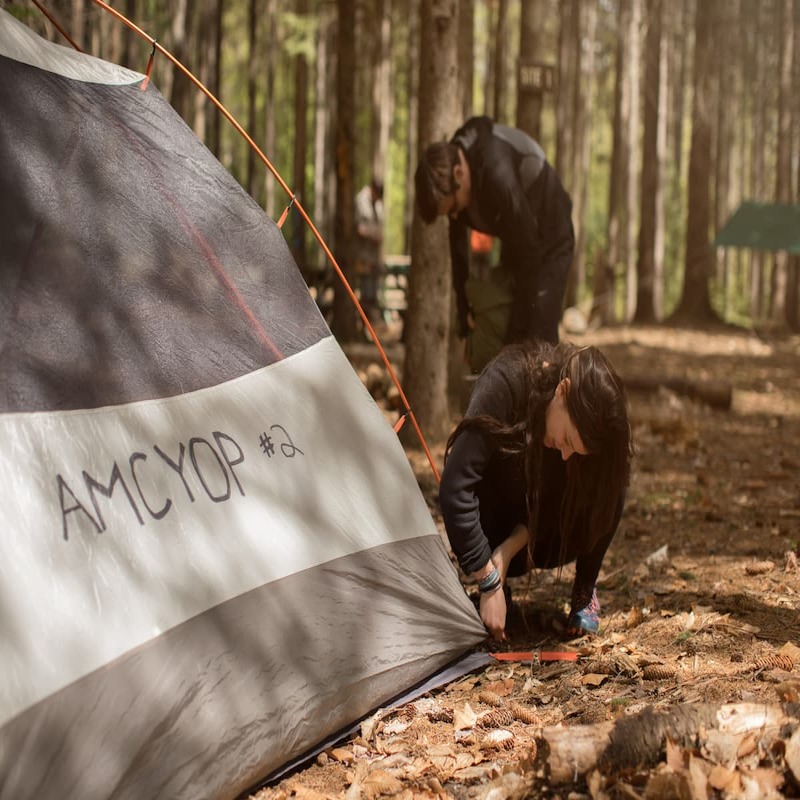Cleaning a tent is essential for maintaining its longevity and performance. Over time, dirt, grime, and residue can accumulate on the fabric, affecting its waterproof nature. Moreover, regular cleaning can prevent mold and mildew growth, which can compromise the tent’s structural integrity. How to clean a tent? In this guide, we will cover effective methods for tent cleaning, focusing on various types of tent materials. Keep reading to learn how to properly care for your tent, ensuring you enjoy many outdoor adventures in the future.
Assessing the Condition of Your Tent
Visual Inspection
Before diving into the cleaning process, conduct a thorough visual inspection of your tent. Look for signs of wear, such as frayed seams or holes in the fabric. Pay careful attention to the areas around zippers and corners, as these spots often see the most stress. If you notice any significant damage, consider repairing it before attempting to clean the tent. Clean fabric that is compromised can lead to further degradation. Additionally, any superfluous dirt can make repairs more difficult.
Identifying Stains and Odors
After the visual inspection, identify any specific stains or odors. Common problems include food spills, mud stains, and mildew growth. You may also notice persistent odors that linger from previous trips. These odors can stem from sweat, smoke, or even animal encounters. It’s important to note any areas that appear particularly soiled. By identifying these specific stains, you can tailor your cleaning solution to target them effectively. This precise approach ensures a more thorough clean and a better camping experience.

Preparing for the Cleaning Process
Selecting the Right Cleaning Environment
Choose an appropriate environment for tent cleaning. Ideally, this should be a spacious area free from direct sunlight. Sunlight can cause the fabric to fade and can weaken the materials. If possible, select a shaded space, such as a garage or porch. A clean, flat surface is equally important to avoid contaminating the tent with dirt. This preparation will help create an optimal environment for effective cleaning, making the entire process easier.
Gathering Cleaning Supplies
Before beginning the cleaning process, gather all necessary supplies. A gentle soap or tent-specific cleaner is ideal for removing dirt without harming the fabric. Additionally, you will need a soft-bristle brush and a sponge for scrubbing. A hose or clean bucket of water is also essential for rinsing. If you are dealing with significant mildew, consider white vinegar or a specialized mildew remover. Having everything ready will streamline the cleaning process, saving time and ensuring you do not miss vital steps.
Cleaning the Tent: Step-by-Step Guide
Removing Accessories and Debris
Begin the cleaning process by removing any accessories. Take out tent poles, stakes, and guylines, storing them separately. It’s also crucial to shake off any loose dirt or debris before beginning the actual cleaning. By doing this, you will prevent dirt from becoming embedded in the fabric during the washing process. Next, closely inspect any areas with visible debris, cleaning them gently with your soft brush. This will prepare the tent for a more thorough wash.
Washing the Tent
Once accessories are removed, it’s time to wash the tent. Start by filling a clean bucket with water and adding your gentle soap or tent cleaner. Use a sponge or a soft cloth to apply the solution to the tent fabric. Work in sections, allowing ample time to scrub any stubborn stains. For larger tents, you may prefer to use a hose; however, using a gentle flow to avoid fabric damage is essential. Rinse thoroughly, ensuring that no soap residue remains, as this could attract dirt.
Drying the Tent Properly
After washing, drying is the next crucial step. Avoid direct sunlight, as excessive heat can damage the fabric. Instead, hang the tent in a shaded area or lay it flat on a clean surface. Ensure that the tent is completely dry before folding it up. If moisture remains, mildew growth can occur later. Take extra care around seams and zippers, as these areas may retain moisture longer. By properly drying your tent, you are securing its long-term durability and performance.

Maintaining Your Tent After Cleaning
Regular Inspections
After cleaning, incorporate regular inspections into your routine. Check for any damage, mold, or mildew that may have developed since your last inspection. Doing this periodically will help you catch and address issues early. A proactive approach can save you both time and money on repairs. Moreover, regular checks will help ensure that your tent is always ready for your next adventure. Remember, taking care of your tent is just as important as cleaning it.
Proper Storage Techniques
Storing your tent correctly after cleaning is equally vital for its lifespan. Make sure the tent is completely dry before storing it in a cool, dry place. Avoid folding it tightly, as this can create creases and weaken the fabric over time. Instead, consider rolling the tent loosely or keeping it in a breathable storage bag. Proper storage can significantly extend the life of your tent and prevent unnecessary wear.
Special Considerations for Different Tent Materials
Cleaning Polyester and Nylon Tents
Polyester and nylon tents are among the most popular options for campers. They are lightweight and durable, but they require specific cleaning methods. Use a mild soap solution for washing these fabrics. Additionally, avoid using bleach or other harsh chemicals, as they can damage the material. For tougher stains, a soft brush is appropriate for gently scrubbing the affected area. Always make sure to rinse thoroughly afterward.
Cleaning Canvas Tents
Canvas tents require different attention due to their heavier fabric. Begin by taking the tent outside and shaking it to remove loose debris. Use a soft brush to clean delicate areas. While canvas is more durable, it also absorbs moisture and can mold quickly. Therefore, immediate drying is essential. A specific canvas cleaner is advisable to preserve the fabric’s natural properties. Rinse well and ensure it is completely dry before storing.

Preventing Future Stains and Damage
Utilizing a Groundsheet or Footprint
One preventive measure to consider is using a groundsheet or footprint. This additional layer safeguards the tent fabric from dirt, moisture, and sharp objects. By acting as a barrier, it minimizes the accumulation of grime during camping trips. Additionally, many footprints are lightweight and easy to pack, making them an indispensable camping accessory. This investment reduces future cleaning efforts while enhancing your camping experience.
Avoiding Food and Drinks Inside
Establishing a no-food and drink policy inside the tent is another good practice. Eating or drinking inside can lead to accidental spills and unwanted stains. Encourage your camping group to establish designated eating areas outside the tent. This simple habit can significantly reduce the occurrence of unpleasant odors and stains. As a result, your cleaning efforts will be far less intensive after each trip.
Conclusion
Keeping your tent clean may seem like a daunting task, but it’s essential for ensuring its longevity. By following the step-by-step guide provided in this article, you can effectively clean and maintain your tent. Regular inspections, proper storage, and preventive practices will significantly enhance your camping experience. Remember, it’s not just about cleaning the tent; it’s about taking pride in your outdoor gear. When treated with care, your tent will be ready for countless adventures. Happy camping!
